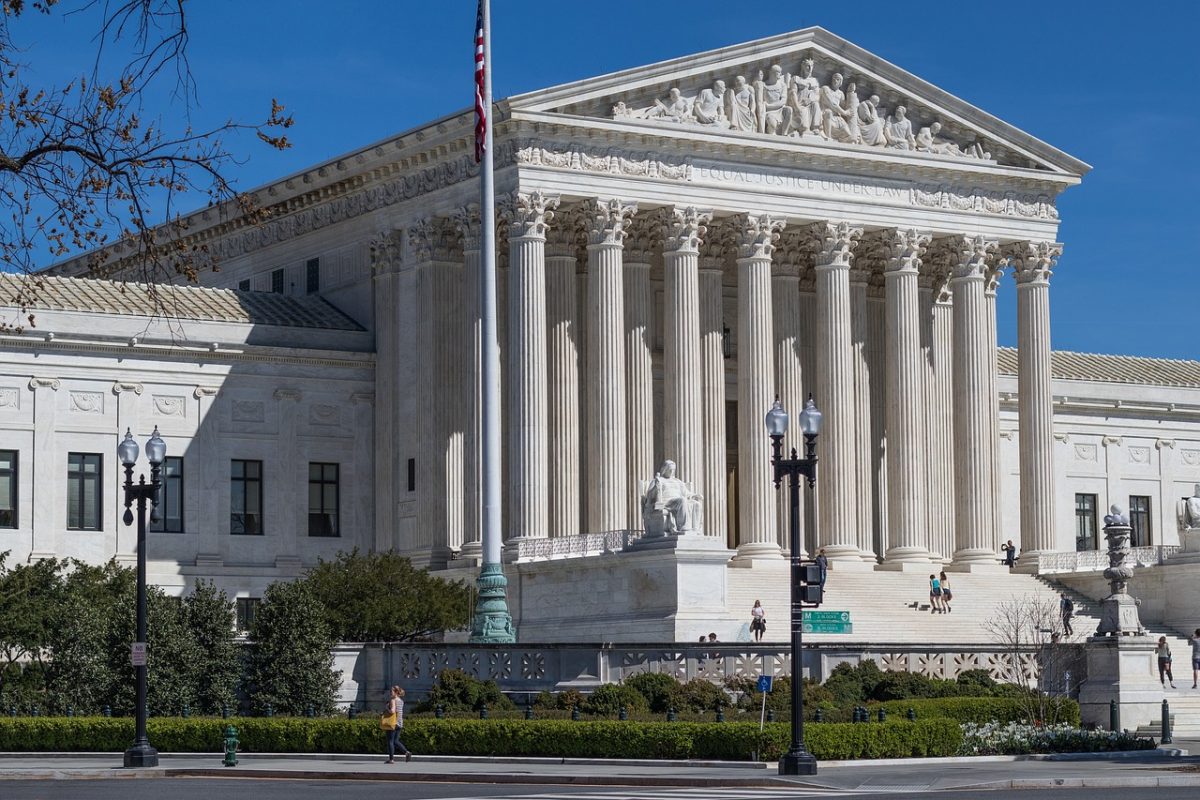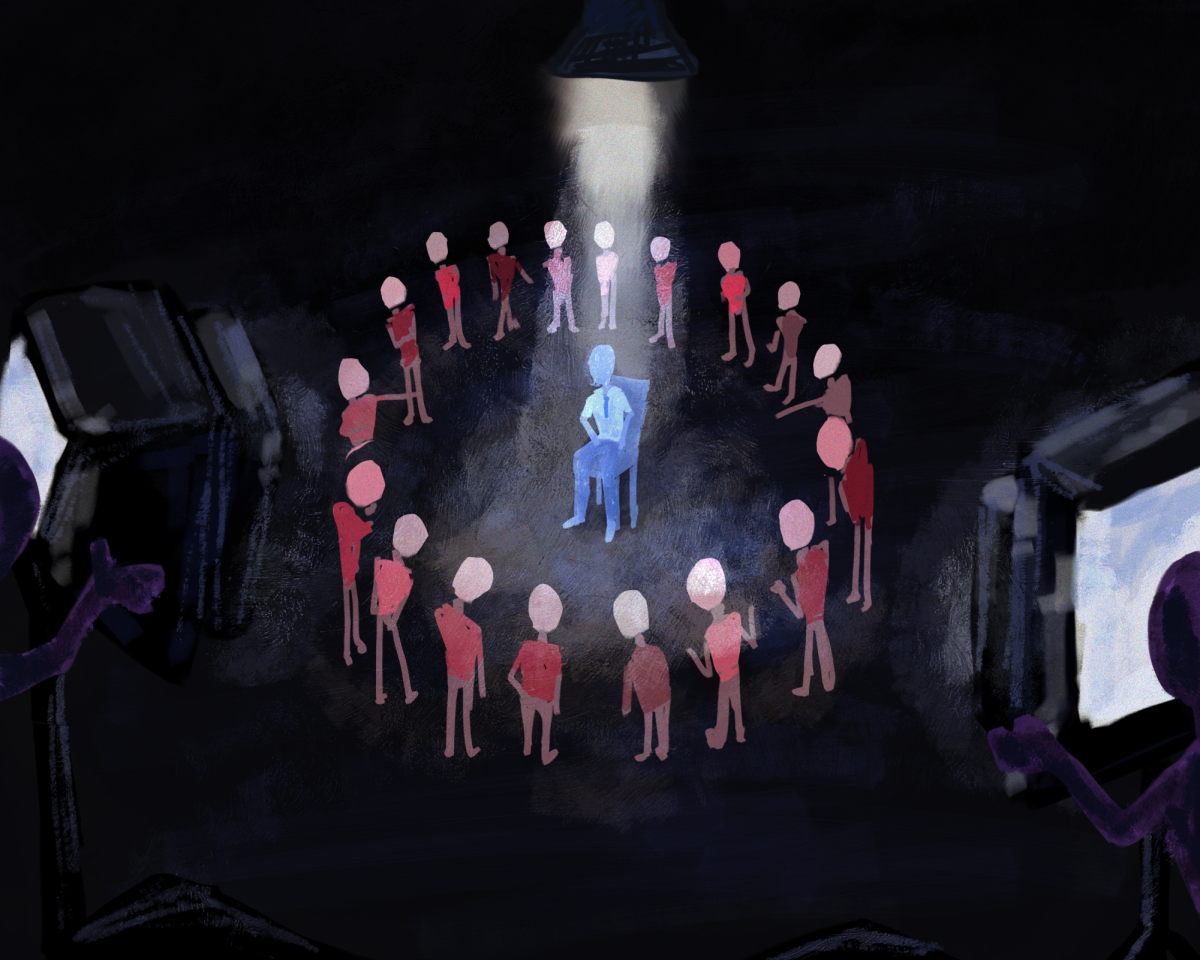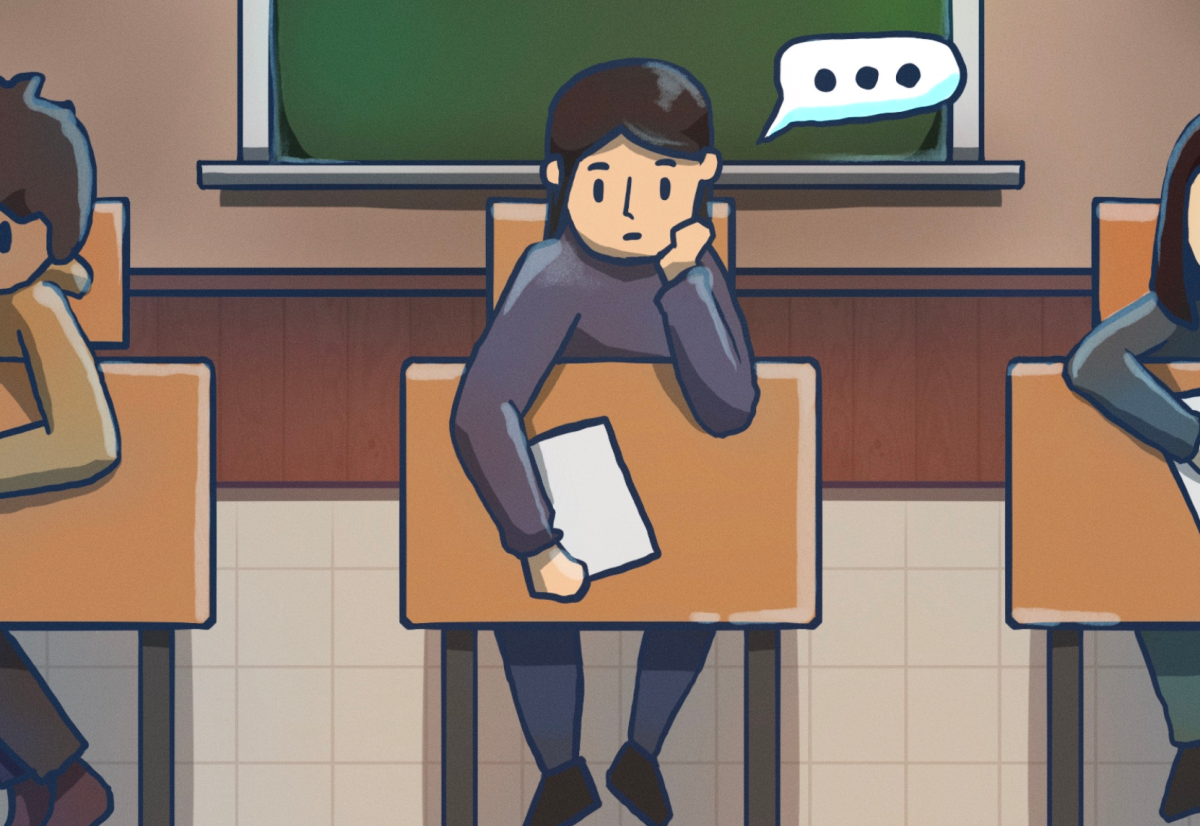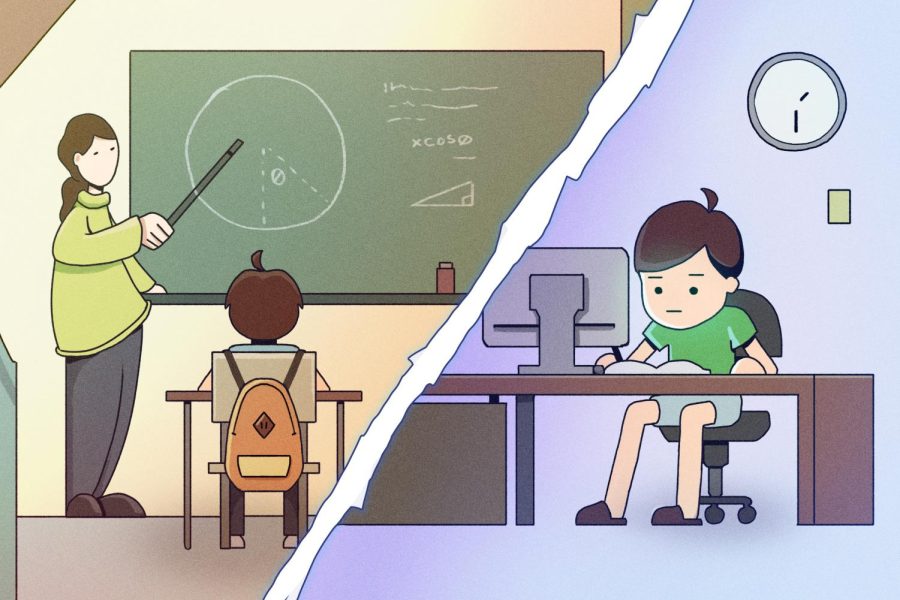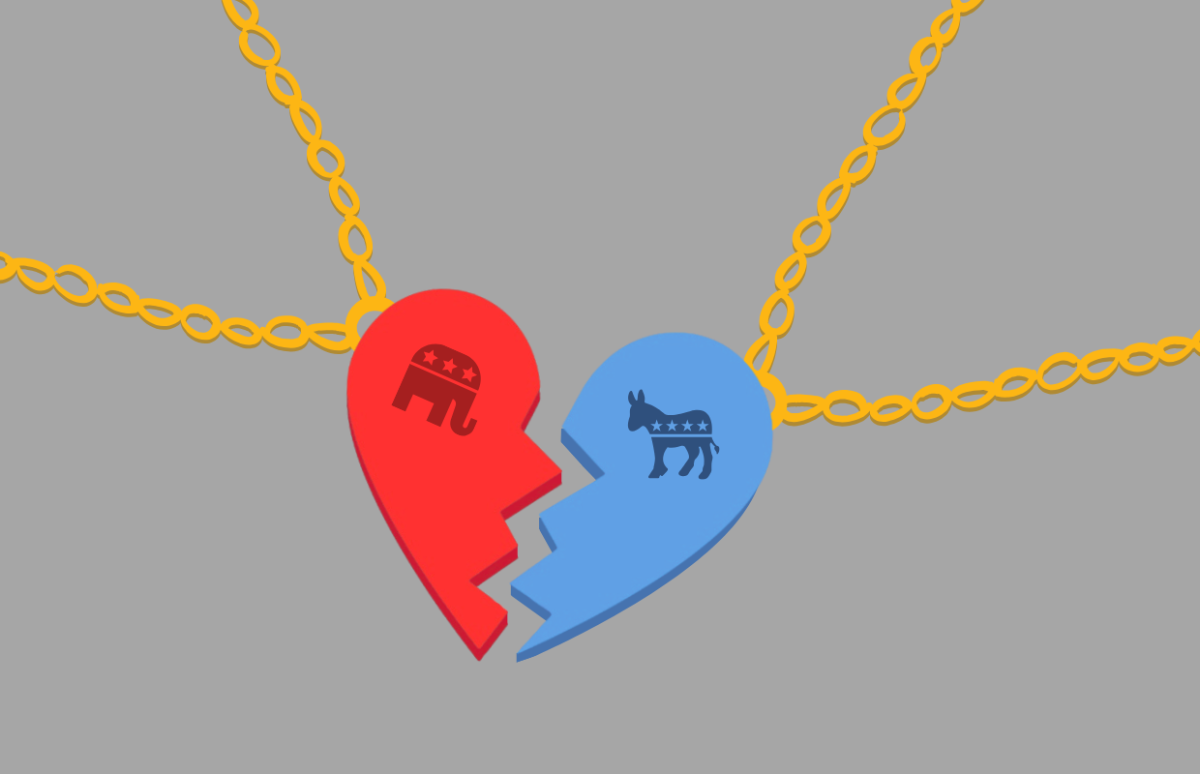On June 29, 2023, the United States Supreme Court reached its decision in Students for Fair Admissions, Inc. v. President and Fellows of Harvard College. The case was brought against Harvard University and the University of North Carolina, both of which, like most major universities across the country, had considered race as one of a number of factors that were considered as part of admissions evaluations for undergraduates. The nonprofit Students for Fair Admissions, the plaintiff in the case against both Harvard and North Carolina, wanted to see that changed. The ruling fell in favor of SFFA, the Supreme Court voting 6-3 that affirmative action is unconstitutional.
The decision will have a significant impact on admissions processes throughout the country. An educated class is a diverse class — there is no distinction — and based on Whitman’s lack of diversity in its own student body, we should all hope to see more persons of color when we say goodbye to Bethesda, not more of ourselves. While students begin to choose which colleges they want to attend, it is important to remember the impact this decision will have on those same colleges. Without affirmative action colleges will be drastically impacted, and this year we will begin to see the impact of the court’s disastrous decision.
State legislatures had already begun restricting the practice of affirmative action, including California’s in 1996. With years now of data to cite, the University of California — which operates nine campuses — filed an amicus brief with the Supreme Court in 2022 cautioning that, following California’s ban, efforts by schools to increase diversity without considering the impact race may have had in their lives had fallen short and disadvantaged students of color in disproportionate ways. Long-term UC Berkeley research showed that students of color who attended less selective schools since the ban did not maintain the previous benefits from admittance into more selective schools, while the benefits for white and Asian students stayed largely unchanged independent of a school’s selectivity.
While some opponents of affirmative action do agree that diversity is itself a positive factor, their main argument against affirmative action is the harm they say the practice causes white and Asian students in its attempt to support students of color. This argument relies on the premise that admissions officers reject some, more qualified applicants due to affirmative action policies, in turn admitting “lesser” applicants of a different race. However, there is no single standard or rule that defines what makes the “best” applicant — the University of Maryland cites 26, for instance. Common factors that influence whether or not a college accepts a particular student include grades, standardized test scores, extracurricular activities and recommendations. From there, colleges build a class through applicants’ relation to one another rather than through any particular measure of individual merit alone. In other words, colleges seek to create a diverse student body that includes students who come from different backgrounds and who will bring different perspectives and life experiences. No one unqualified earns admission, but of those qualified, a diverse class is ideal, admissions departments argue.
The debate about affirmative action is a difficult one because it also carries emotional weight about which students “deserve” admission to selective colleges. If anything, though, that emotional weight makes the debate worth having. Whitman students already know what it is like to attend a largely homogenous school. While there is some diversity of opinions within the Whtiman community, many students come from roughly the same backgrounds within the “Bethesda Bubble.” If viewpoint is limited by perspective, then Whitman students must share many of the same blind spots. Only by getting out of this bubble can we gain the breadth of experience that enriches our lives.



